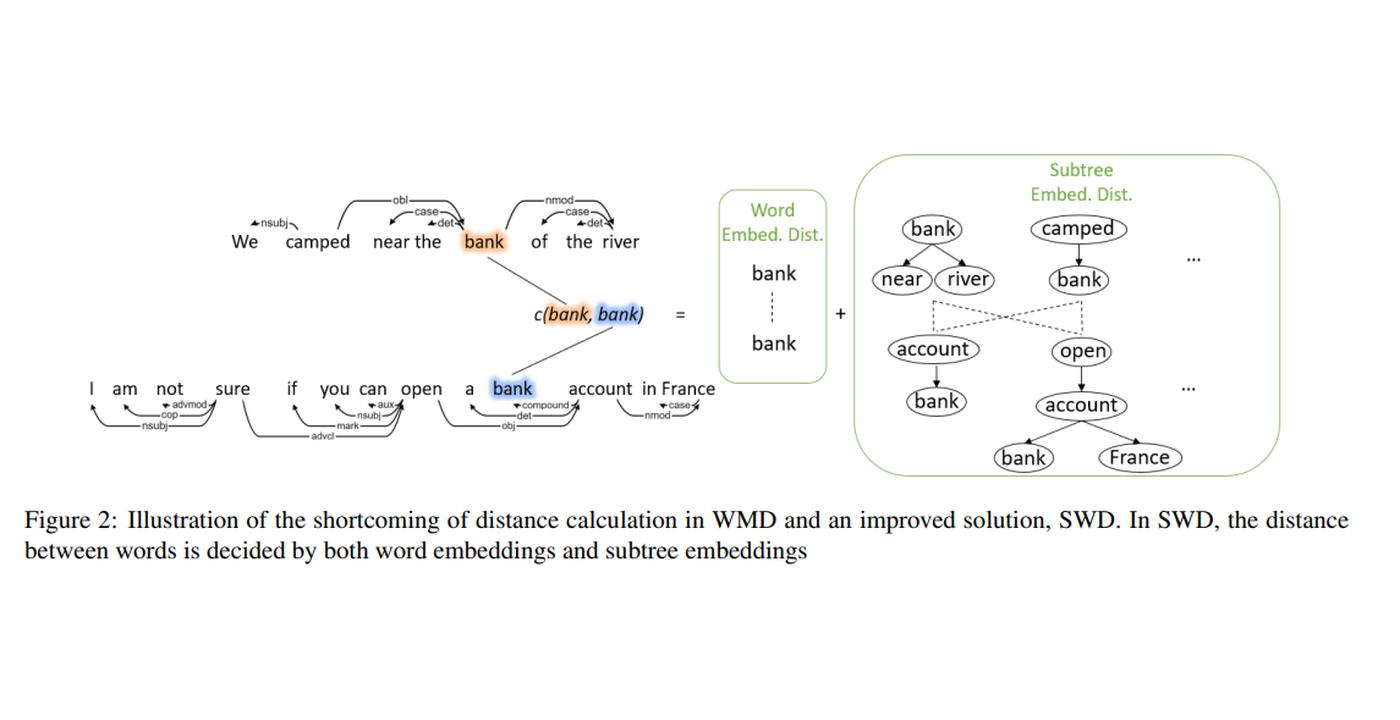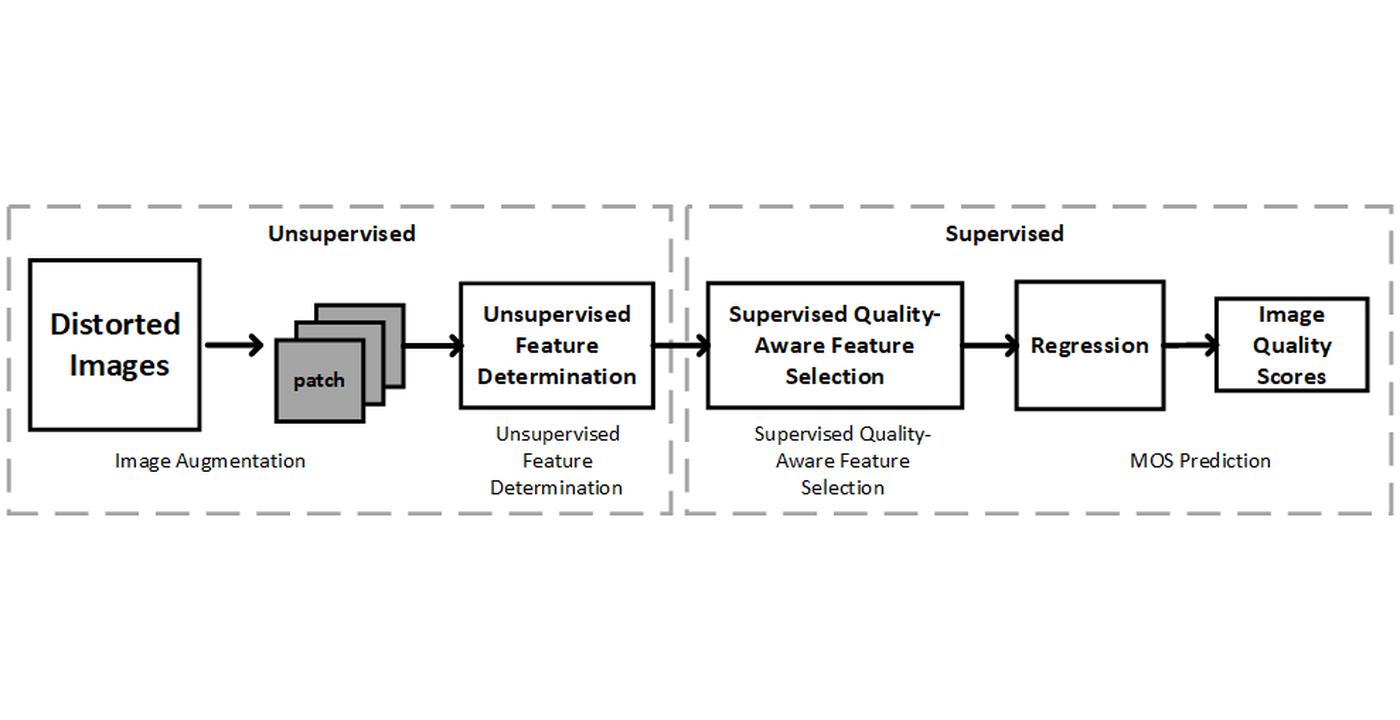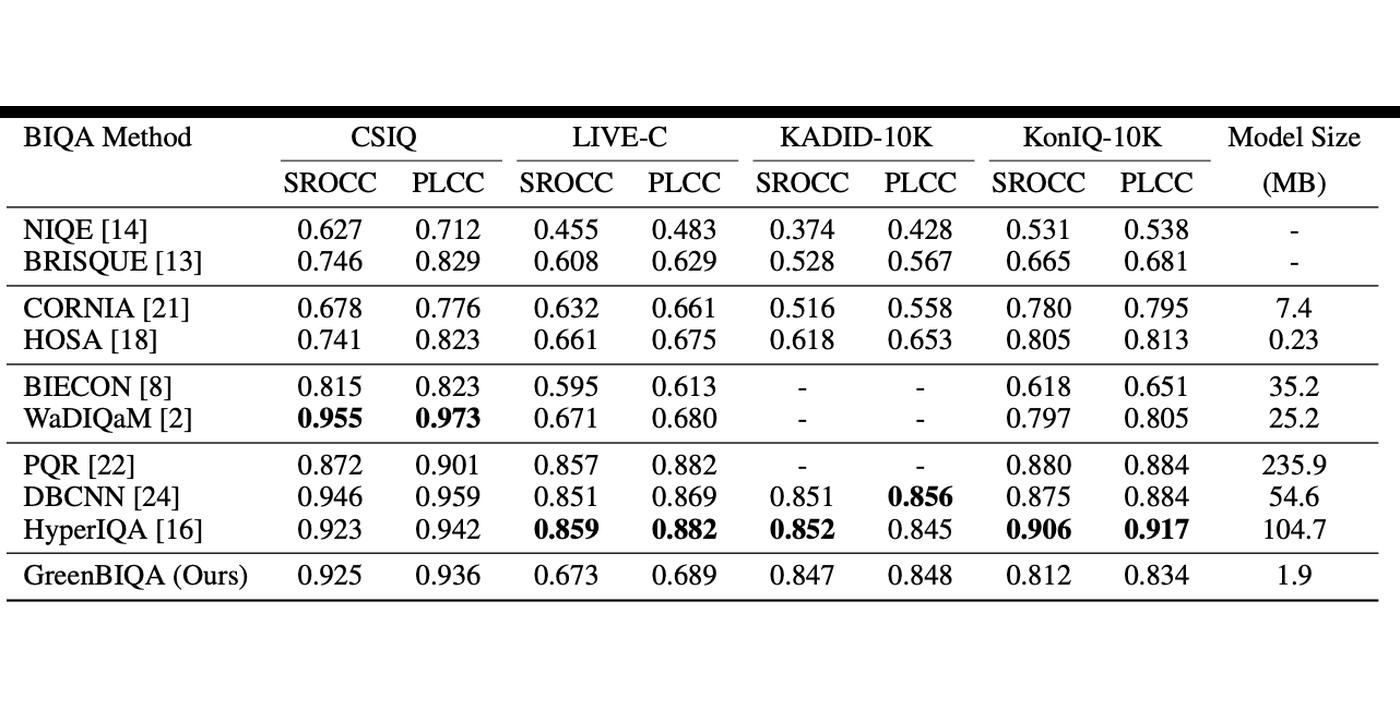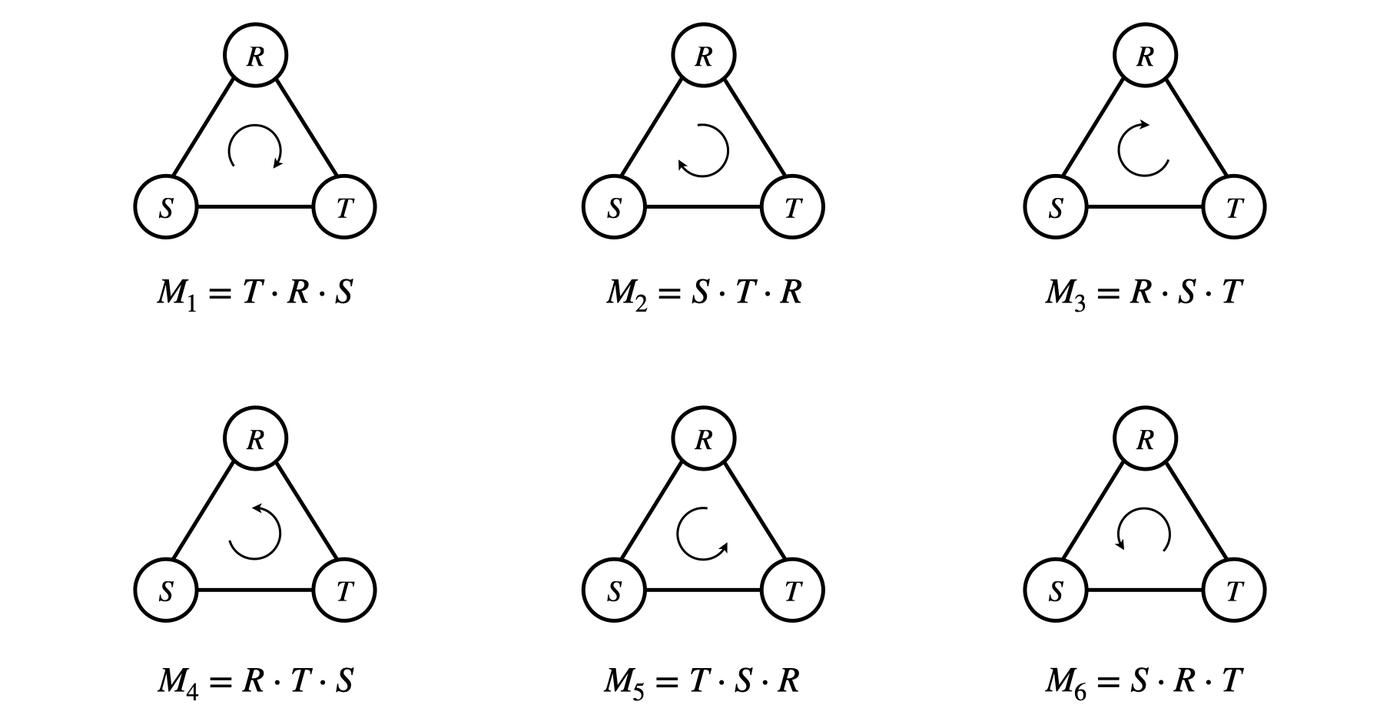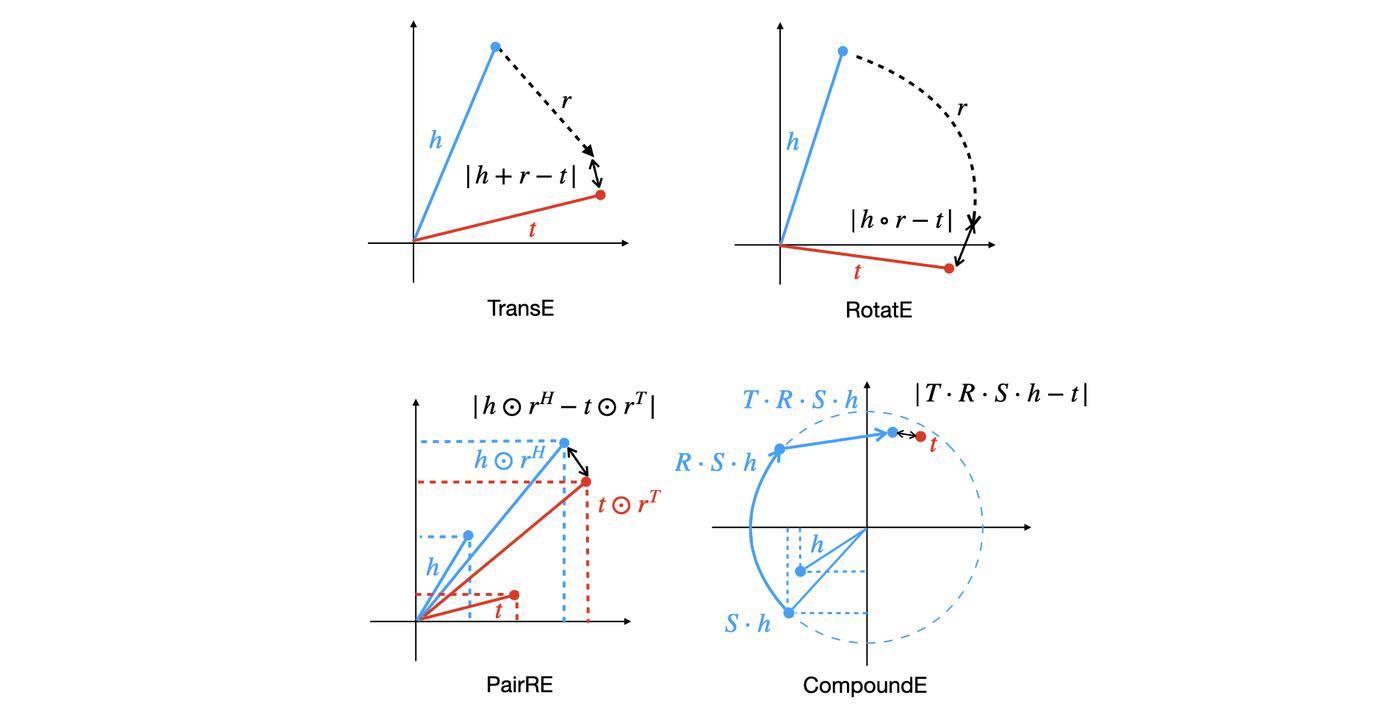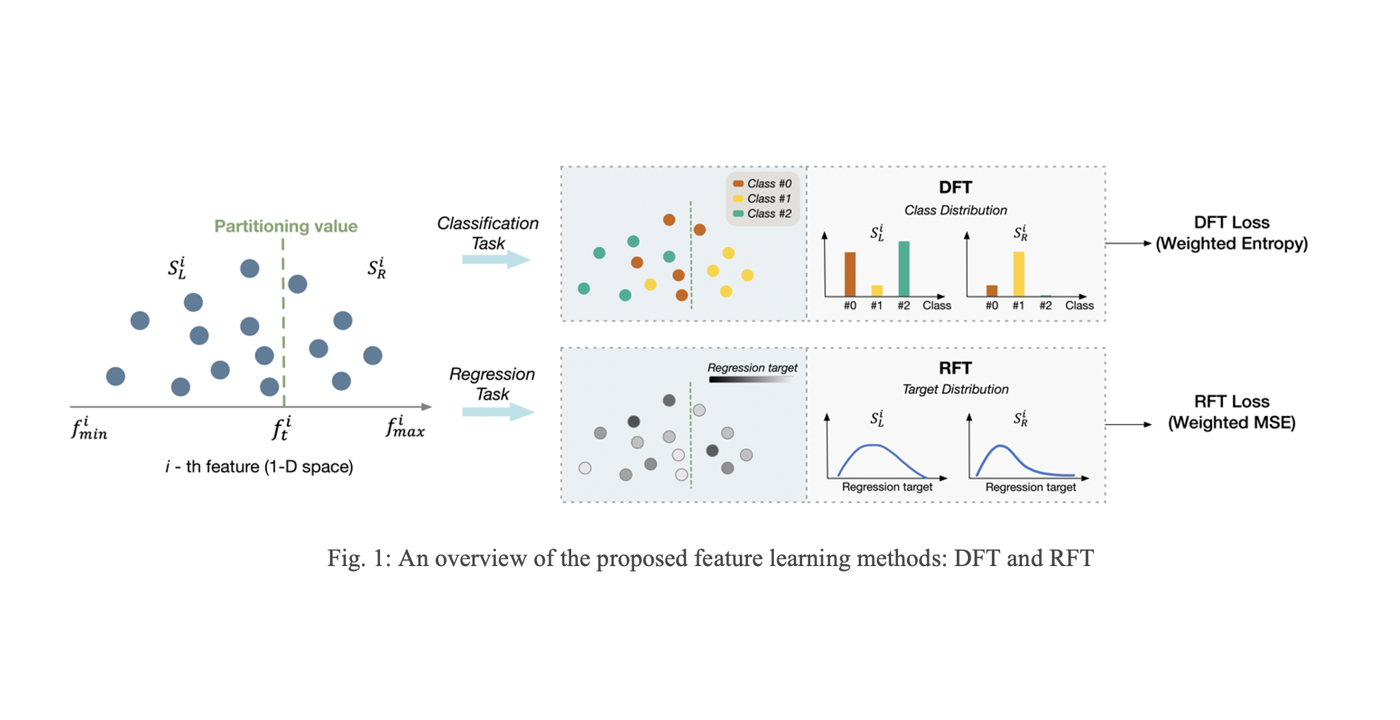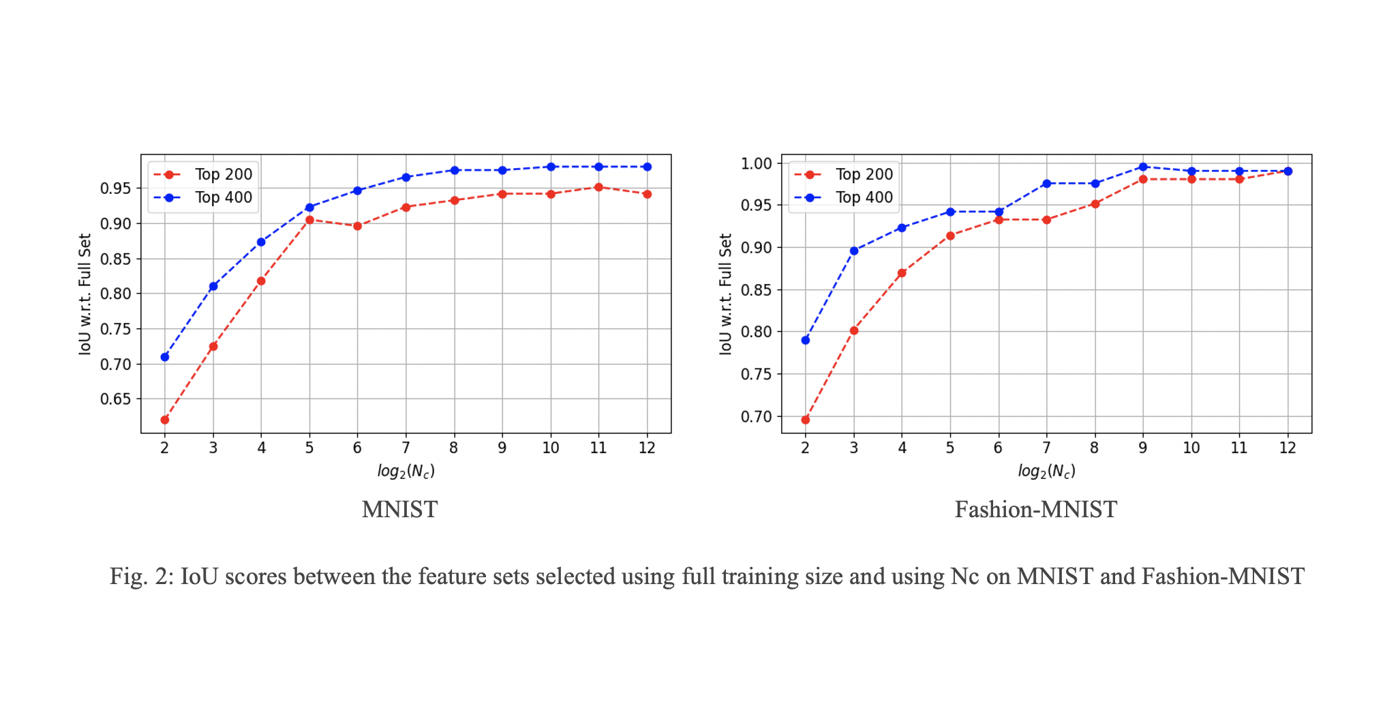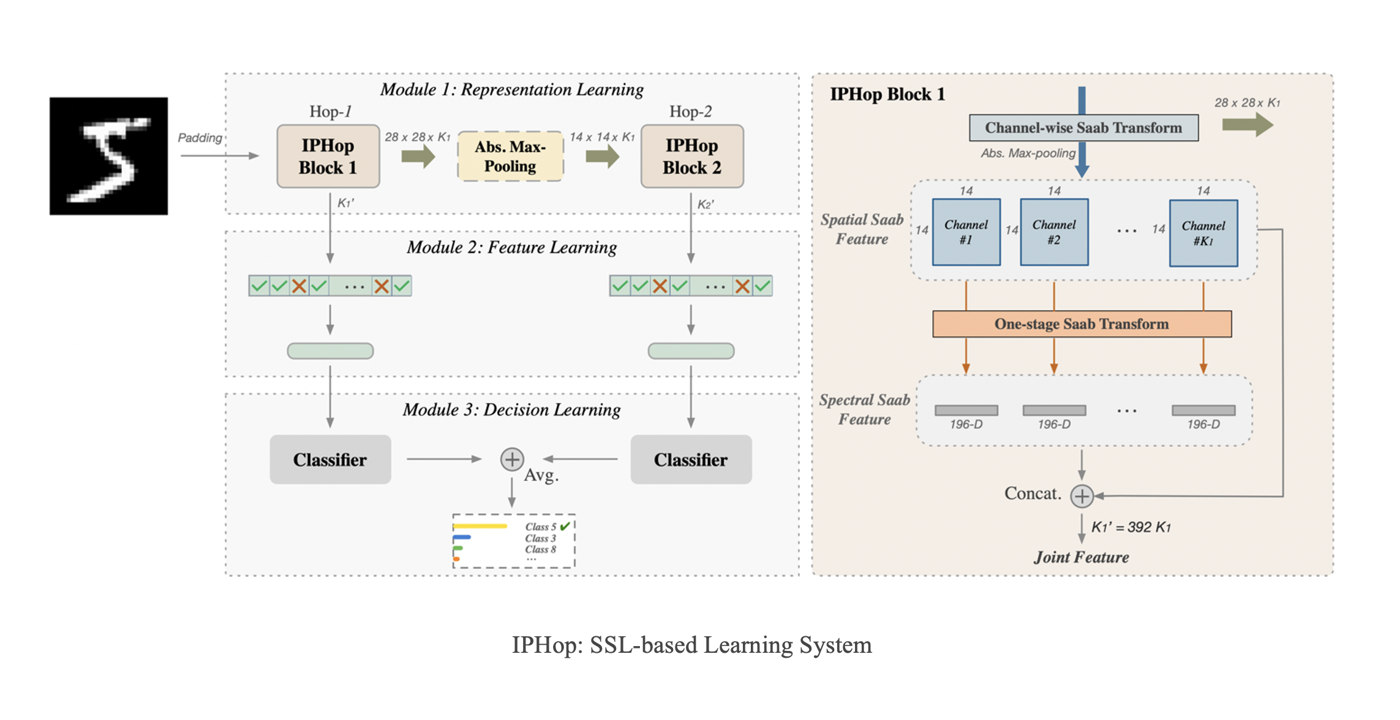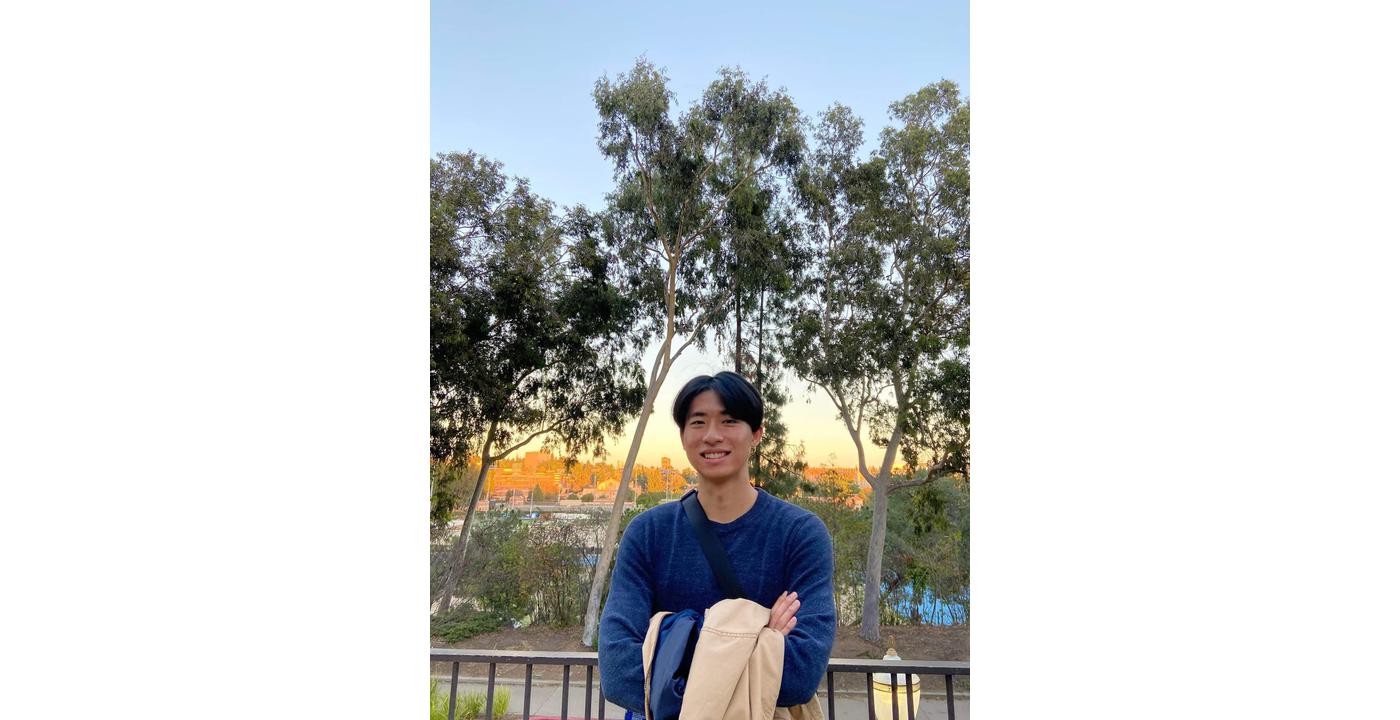Welcome Tsung-Shan Yang to Join MCL as a new PhD student
We are so happy to welcome a new graduate member of MCL, Tsung-Shan Yang. Here is an interview with Tsung-Shan:
Could you briefly introduce yourself and your research interests?
I am Tsung-Shan Yang. I am pursuing my Ph.D. degree in Electrical Engineering at USC now. I received my Bachelor’s and Master’s degrees in Electrical Engineering from National Taiwan University. During my graduate studies, I researched alleviating distortions and analyzing saliency maps in panoramic images. My research interests include 3D computer vision and machine learning.
What is your impression about MCL and USC?
USC is a prominent educational institution over the world, especially MCL. Being one of the most prestigious research groups on campus, this group proposes plenty of novel and sound approaches to challenging engineering problems. There are brilliant and outstanding people at MCL, and it is my honor to work with them.
What is your future expectation and plan in MCL?
The most crucial thing for me is learning how to define a question. As an engineer, I want to find the technical problem in life and address the issues. Besides, I want to broaden my horizon by discussing with the talented members of MCL. After the training in MCL, I hope I will be able to solve real-world difficulties theoretically and practically.









